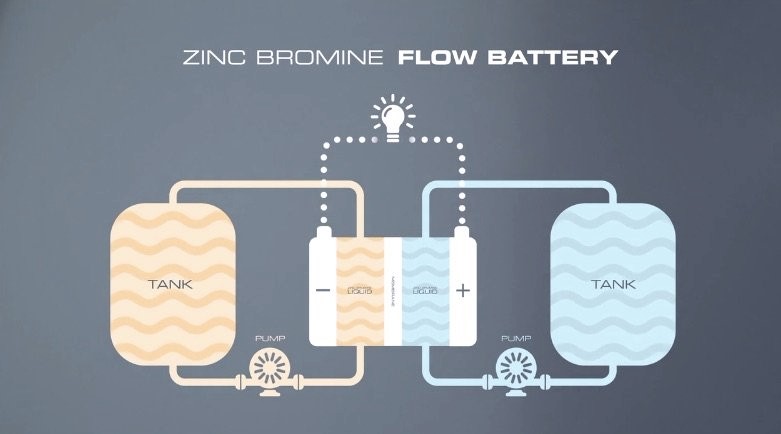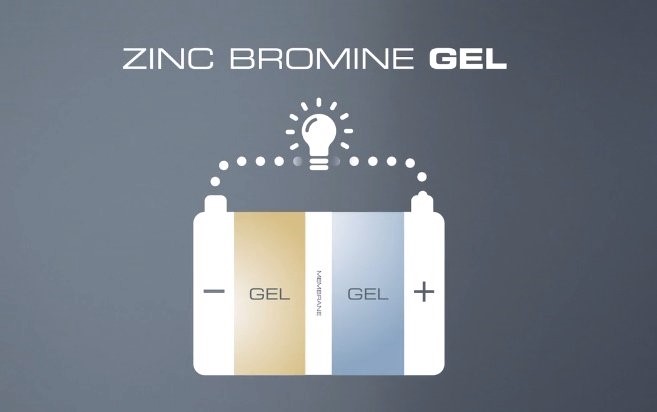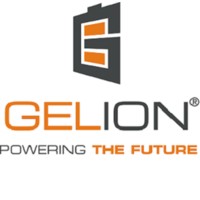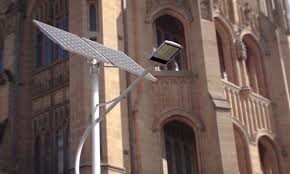Battery storage has been around for ages. However, when power prices were low, it was not worth considering for most households except for those in rural Australia where the cost of being grid connected was prohibitive. Even then, the price was high and the batteries could only supply limited power. A large generator was needed to back up the solar panels and run the property.
With energy prices today combined with advances in solar panels and batteries and software, batteries are now in high demand thanks to the promise of energy self-sufficiency and back-up power in the event of blackouts. Battery storage system prices are coming down quickly and the number of households opting to install battery storage has risen dramatically compared to just a couple of years ago.
Even with the drop in the prices of batteries, for most households, they are still just out of reach. According to CHOICE, consumers are advised to wait until 2021 to purchase batteries as we will see a substantial drop in battery prices, reducing payback times in all cities.
Battery costs currently sit at around $1000-$3000 per kWh storage. Martin Byrne, advocate with the Total Environment Centre, says they will make good economic sense when they cost $500 per kWh storage. Additionally, he suggests that projected increases in electricity prices are likely to improve the outlook for investing in batteries. It has been suggested that the cost of batteries is dropping at a much faster rate than expected but it is the increase in demand with relative to the limited supply that is keeping prices high.
But be of good cheer! Research and development of batteries is proceeding at pace.
A New Player
I have a habit of scouring the web or the airways for information on new renewable technologies. In 2016 I was watching an ABC Catalyst program called [“Battery Powered Homes”]
It was a glimpse into the future.

Symons battery
Professor Thomas Maschmeyer of the University of Sydney had developed a new battery. The battery was based not on Lithium but on low cost zinc bromine chemistry. Now a battery based on zinc and bromine is not new. They have been used traditionally in “flow batteries”.
But these flow batteries are complex, heavy and expensive. It does not lend itself to mass production. But what would happen if you could eliminate the liquid with a gel? Well, then you can produce batteries that are light weight, simple and inexpensive.

Symons battery
But wait, that’s not all! By changing the architecture of the battery and varying the thickness of the gel you can get batteries for different purposes. To get a battery suitable for your solar installation you need a battery that discharges slowly at a constant rate the gel thickness needs to be large. But if you needed a battery for a car, you want one that discharges quickly like a capacitor you need several thin layers of gel. This is unique and makes the new gel flow battery very versatile.
The Company

Gelion Technologies Pty Ltd
Before I continue, I should let you know that the good Professor has started a company called Gelion Technologies Pty Ltd. So when I use the term Gelion battery you will understand its origins.
Zinc Bromine vs Other Batteries
One thing about zinc and bromine, they can be found all around the world in plentiful supply while Lithium and Cobalt are in not as readable available and supply is limited. You don’t need to be an economist to realize that means stable low prices.

Zinc Bromine vs Other Batteries
Lithium and lead-acid batteries cannot use their full capacity, that is they cannot discharge to zero. Lithium ion chemistry prefers partial discharge to deep discharge, so it’s best to avoid taking the battery all the way down to zero. Since lithium-ion chemistry does not have a “memory”, you do not harm the battery pack with a partial discharge. If the voltage of a lithium-ion cell drops below a certain level, it’s ruined. The Gelion battery allows deep cycle meaning they can use 100% of their capacity. In other words, a 10kWh Gelion battery will give you a full 10kWh of storage.
Another great advantage of the Gelion battery is safety. Lead acid batteries can leak releasing Sulphur acid and lithium batteries can overheat and catch fire. The Gelion battery cannot catch fire, even at 1000 degrees.
The Future
Gelion unveiled the first commercial application of its Gelion Endure battery storage platform – a battery-integrated portable, automated solar light tower – at the home of its conception, the University of Sydney in February 2019.
Professor Maschmeyer believes that Gelion will be ready for mass production in 2020. The company currently has an automated production facility it’s “working with” in Australia, and a semi-automated plant in India. The plan to then scale up manufacturing lines to fit our end-user markets and producing at a commercial scale of 100MWh and higher by the end of 2021.
Gelion expects to be mass producing its zinc bromine gel battery technology for applications ranging from residential to grid, at a cost of below $100/kWh by the end of 2021. This, of course, is referring to the production cost for the battery cell component, only.
